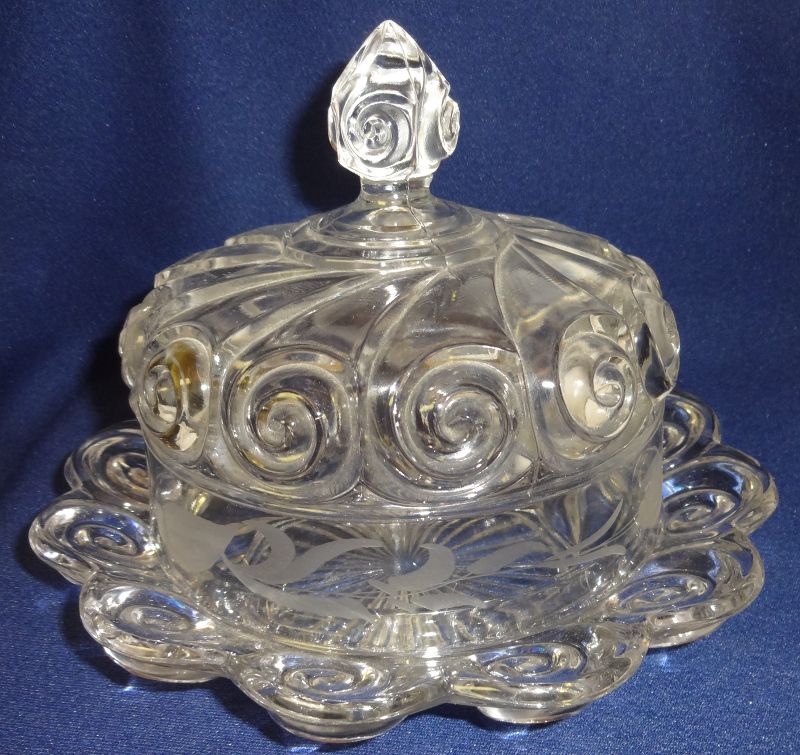Antique glass comes in a wide range of shapes and patterns, and it is often crafted by truly talented artisans. The modern technique of cutting glass began around 2000 years ago. Glassmakers would take a piece of cooled glass and hold it to a grinding wheel. They could carve fine grooves, intricate patterns, and amazing designs using this method. One of the leaders in this craft was Venice.
Over time, there have been a number of glassmakers who have made numerous pieces of glass in all kinds of styles and designs. Many of these manufacturers are well known, including Rosepoint by the Cambridge Glass Company, Adam by the Jeannette Glass Company, or Silhouette glass stemware by the Libby Glass Company. Continue reading to learn how to tell if your glass is antique.
Look for the Antique Glass Markings
There are a lot of antique glass pieces that are unmarked but many pieces have markings. The identification marks can include one or more of the following:
- Trademark
- Logo
- Symbol
- Signature
You will usually find this marking on the bottom of your glass piece but it can be placed on the side. It might also be faded if the piece is particularly old so you will need to examine it with a magnifying glass and in good lighting. If you find one of these items, you can usually date the antique glass. Some of these companies stopped producing items at a particular time. You can also look for some of these signs:
- Mold marks
- Marks inside the glass, such as bubbles
- Pontil marks on the blown glass and whether it is highly polished
Look at Books to Identify Antique Glass
If you want to find information on how to date your antique glass, there are books that are similar to an encyclopedia of glassware. They will provide you with an identification guide that includes different trademark symbols, logos, signatures, and more. Some of these marks only apply to one type of glass, such as carnival glass, depression glass, or Early American pressed glass. There are many books available that can help you identify antique glass.
You can also find online resources for glass collectors. You can go to a website called Just Glass Online or Antique Marks and either will have information that you can use. If you are a glass collector, you can learn a lot about glass by researching through these resources.
Look for Other Clues
In addition, you can use a number of clues to help determine whether or not glass is antique. Most pieces of antique glass do not have any glass markings. If it is very old, you may have to examine the piece and look at the wear and scratches on the bottom. Sometimes the glassmakers would use a mark that is an acid badge. If the design was registered, you may see a diamond mark.
If the glass was made from the mid-1800s on, it may have a registration number. You can also look for an artist’s signature, which is usually very small and incorporated into the design. In addition, pieces made after 1905 are sign cut to make sure that others couldn’t copy the design or pattern.
The important thing is to examine the entire piece and look at all of the markings, scratches, and lines. The entire piece will help you find out whether or not it is antique.
Collecting antique glass is popular because there are many beautiful pieces that were made long ago. Many of these pieces are durable and strong, and they have survived a long time. When you examine the markings on the glass, you can get valuable clues into the history of the piece. This is what you will need so that you can determine the authenticity and value of any piece of glass.

I want to thank you for this article. I have a few glassware items that I inherited many years ago and perhaps the 2 online groups you mentioned will help me.
Hello, I am new to glass collecting. I enjoyed your article, but was hoping to answer a question. I came across two matching serving bowls from KIG, Malasia, yes. Is it sought after by US collectors? or should I stick with US, American-made, glass? Thank you.